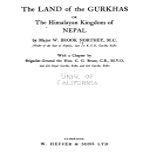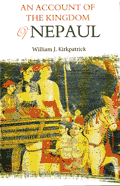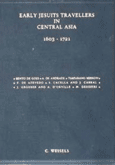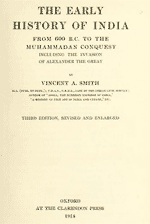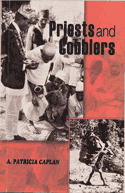
A. Patricia Caplan, Priests and Cobblers: A Study of Social Change in a Hindu Village in Western Nepal [Aylesbury Bucks; International Textbook Company Limited, 1972] [Reprinted in Nepal by Mandala Publications, 2006]
The book Priests and Cobblers is a study on the changing caste relations in Nepal. The system still exists here, especially in rural Hindu areas, dividing people into a hierarchy based upon heredity.
As a rule, the state of Nepal cannot discriminate against any citizen in the application of general laws on grounds of religion, race, gender, caste, tribe, origin, language or ideological conviction or any of these. Similarly, no person shall, on the ground of caste, descent, community or occupation, be subject to racial discrimination and ‘untouchability’ in any form. Such a discriminatory act is to be punished and the victim is entitled to compensation as provided by the law. The country continues to have legal provisions prohibiting caste discrimination for many decades.
However caste prejudice continues in Nepal in many places. In places where it continues, it not only dictates one’s occupation, but dietary habits and interaction with members of other castes as well. Members of a high caste enjoy more power, wealth and opportunities while members of a low caste perform menial jobs. The most discriminated in the lot are the poor and historically suppressed people considered ‘untouchables.’ There is tendency toward endogamy, meaning that people marry within the same caste exclusively. Upward mobility is very rare in the caste system. The system is full of discrimination. It is a scar on the face of humanity.
The focus of this book, however, is on the changing relations between members of the priestly caste (Bahuns) and group of so called ‘untouchables’ (cobblers) in a Hindu village in Western Nepal. Even though these cobblers continue to suffer under extreme forms of discrimination, exploitation, and violence, and their caste still imposes enormous obstacles to their full attainment of civil, political, economic, social, and cultural rights, the book explains how the deprived ‘untouchables’ from a position of almost total economic dependence on the priestly caste, had become increasingly independent because of the new opportunities available in the expanding economy of the area. This also enabled them to oppose the Bahuns, who have been exploiting them, in the interest of their community.
The author of the book, A. Patricia Caplan is a senior professor of Anthropology at Goldsmiths, University of London. This was her first work published as a book in 1972 when she was a young researcher. It was republished in 2006 – again after 34 years. The field work on which this book is based was conducted from January to December 1969, as part of a project of research on aspects of social change in Nepal, sponsored by the Social Science Research Council of Great Britain. The study covered a period of several decades up to the time of field work at the end of the 1960s. Caplan has analysed the situation on the basis of available resources, opportunity for earning a living, recent changes in the village economy, the factional politics in the village, and the growth of caste conflict.
In her own words, “this book focuses on a mixed-caste community in the far western hills, here called ‘Duari’, where the upper-castes had successfully consolidated themselves at the expense of the lower castes (untouchables, now called Dalits) not only in terms of land-holding but also educational opportunities, trade and government posts. Nevertheless, at the time of fieldwork, the lower castes had begun to achieve a modicum of economic independence because of new opportunities, and as a result, had dared for the first time to challenge the upper castes politically.”
In republishing this book, the author had two objectives in mind. One was that the original version, written for a commission to a US publisher which wanted to launch a student-friendly series on social change in different parts of the world, was never available in South Asia, and particularly in Nepal. A second reason was that this book was originally published in 1972 and since that time, more than three decades of history have changed the face of Nepal. This book, according to the author, ‘gives a snapshot of a particular moment in time which may go some way to explaining the roots of the radical changes now taking place.”
In her concluding paragraph, the author notes: “first I have examined economic development, to note, in particular, whether or not it leads to a reallocation of resources or a weakening of the tiers of dependence of the lower castes upon the higher. Second, given universal adult suffrage, the demographic composition of the village, and, indeed, of the region surrounding a village, is important. Where low castes are in very small numbers, they are unlikely to be in a position to defy the higher castes, nor is their support likely to be sought by aspiring leaders.
Third, the lower castes must receive some concrete support from external agencies. It is not enough merely to introduce new laws and a new constitution: these have to be enforced at the village level. Alternatively, the wider society has to provide other mechanisms which give members of lower castes some opportunity for mobility outside the village, such as government jobs, political parties, or reform movements.” There is little to disagree with the author.
When it was written in 1972, the book was certainly the first of its kind in Nepal. Now there are several such studies, in both Nepali and English. Nevertheless, the book is still an important work on ‘Duari’ village, and the author’s finding on changing social relations is still as valid as it was 40 years before.

